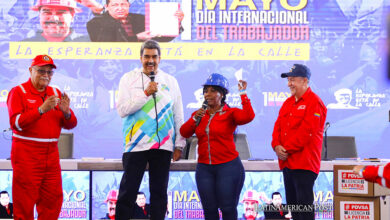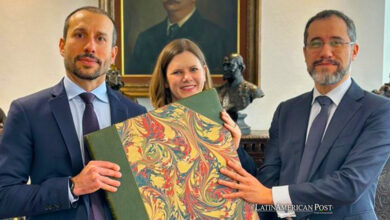Brazil’s Bold Plan to Revive Industry with $60 Billion Investment

Brazil’s government launches a $60 billion initiative to counteract early deindustrialization. It aims to revitalize its industrial sector with innovative, digitalized strategies and boost competitiveness in critical areas like pharmaceuticals and agriculture.
The Brazilian government has unveiled a comprehensive plan to inject 300 billion reales (approximately 60 billion dollars) by 2026, aiming to reverse the country’s premature deindustrialization. This ambitious initiative seeks to reinvigorate the industrial sector, which has seen decades of decline in favor of the service and agricultural sectors.
President Luiz Inácio Lula da Silva, emphasizing the need for an “innovative and fully digitalized” industrial policy, highlighted the plan’s focus on increasing Brazil’s competitiveness. Lula, who began his career as a mechanical lathe operator and emerged as a political figure leading a metalworkers’ union in São Paulo, criticized the hypocrisy in global free market practices, noting that many advocates for open markets for selling but protect their markets for buying.
The funds will be managed by banks and public agencies, encompassing lines of credit and non-reimbursable investments in innovation and research. The plan aims to boost Brazilian production in key sectors, notably seeking to increase the national production of pharmaceuticals from 42% to 70% and to mechanize 70% of family farming establishments with domestically manufactured machinery.
Digital Transformation and Environmental Sustainability
Moreover, the government’s strategy includes increasing the percentage of digitalized companies from the current 23% to 90% and expanding biofuels in the transport sector by 50% to reduce carbon emissions from the Industry by 30%.
President of the National Bank for Economic and Social Development (BNDES), Aloizio Mercadante, underscored the necessity of a new relationship between the state and the market to rebuild the Brazilian Industry. He criticized those who perceive the government’s plan as a reversion to old measures.
Global Industrial Production Rankings and Challenges
Despite Brazil climbing 20 spots, from 78th to 58th, in the global industrial production performance ranking by the Institute for Industrial Development Studies last year, this rise was mainly due to a global contraction in the sector. The industrial sector, which has diminished in significance within Brazil’s economy over recent decades, currently accounts for about a quarter of the GDP, with most of its value derived from the service sector.
Brazil’s initiative represents a significant step in addressing the challenges of modernizing its Industry and adapting to technological advancements. The focus on digitalization and innovation is critical in keeping pace with global industrial trends and ensuring the country remains competitive in the international market.
Creating a Resilient Economy
The plan also reflects a broader shift in global economic strategies, where countries increasingly recognize the importance of a balanced economy that does not rely on any single sector. By strengthening its industrial base, Brazil aims to create a more resilient economy capable of withstanding global market fluctuations.
Also read: Widening Wealth Gap: Brazil’s Elites Grow Richer, Faster
Brazil’s $60 billion investment to counter early deindustrialization marks a pivotal moment in its economic history. By focusing on key sectors, leveraging technology, and fostering a new relationship between the state and the market, Brazil is positioning itself for a future of sustainable growth and increased global competitiveness. Combining government intervention with market dynamics, this comprehensive approach could serve as a model for other countries facing similar industrial challenges.





